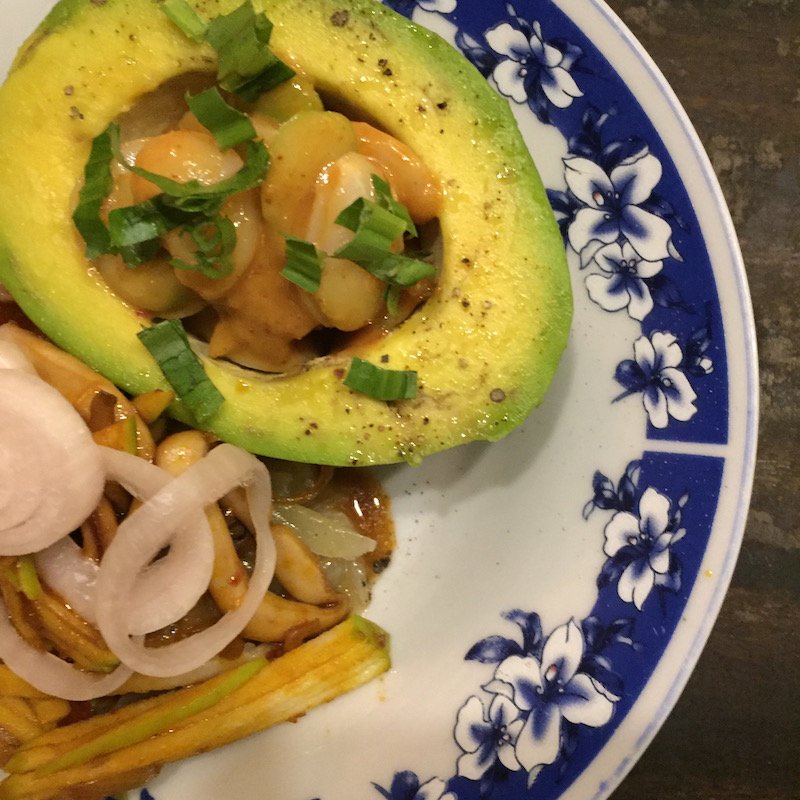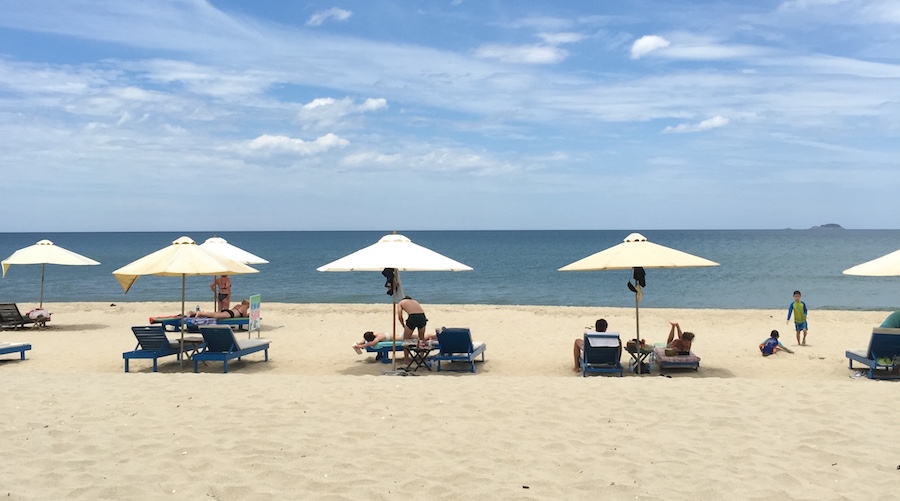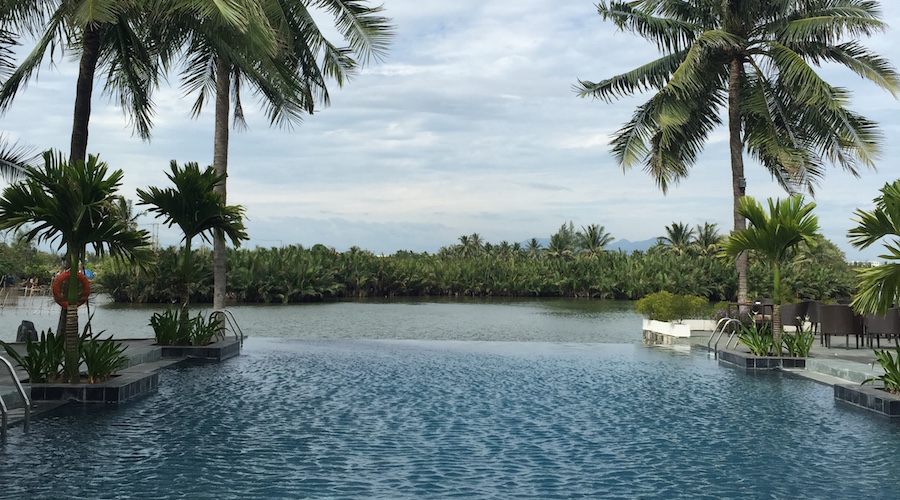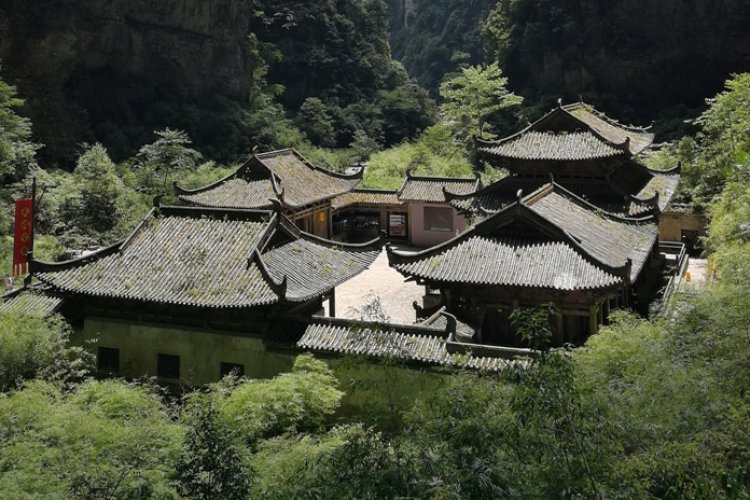Get Out: Heritage and Hospitality with a Short Break in Hoi An
Just a four-hour flight away from Beijing, the UNESCO World Heritage-listed ancient town of Hoi An is the ideal destination for a short break from Beijing, offering a blend of beaches, sight seeing, and incredible food.
The best time to visit is in March and April when the weather is dry and warm, with temperatures in the low 80s (degrees Fahrenheit). The nearest airport is Da Nang International Airport, a short 45-minute drive away from central Hoi An. China Eastern flies direct to Da Nang twice a week, or alternatively Vietnam Airlines flies to Da Nang via Hanoi.
Where to stay
Set on the outskirts of the old town surrounded by paddy fields, Essence Hoi An Hotel and Spa (rooms from approx. RMB 400 per night) offers a serene retreat from the tourist hustle and bustle, despite being just a 10-minute walk away. The spa especially comes highly recommended and is very reasonably priced.
If you’d rather stay nearer to the beach, Hoi An Beach Resort (rooms from approx. RMB 700 per night) is a solid choice, with two large swimming pools and huge rooms with balconies. Unfortunately, Cua Dai beach, where the hotel is located has been badly eroded by seasonal storms, leaving only a small strip of sand and a steep drop to the water itself. However, the hotel is just a short 10-minute bike ride from picture-perfect An Bang Beach (the hotel rents bikes for a small fee). Top tip: look out for “Hidden Beach,” located on the road in between Cua Dai and An Bang. Cleaner and quieter than its neighbors, there is also a small cafe behind the beach offering cheap drinks and snacks, as well as shower and toilet facilities.

What to do
Hoi An’s main attraction is its UNESCO World Heritage-listed old town. A major international port up to the 17th century, Hoi An has been strongly influenced by Chinese culture, both from traders and Ming Dynasty refugees escaping the encroaching Manchu armies. The old town is remarkably well preserved, and although the tourism industry is in full swing, there are still many old shop houses and Chinese-style temples to be explored among the atmospheric narrow lanes. Entry to the sites in Hoi An is via a coupon that allows you entry to five historical landmarks (VND 120,000, approx. RMB 34).

The old town is at its best at night, particularly during the monthly Full Moon festival, when electric lights throughout the streets are turned off and the river is lit up with tiny floating lanterns. Note that this is about as exciting as Hoi An’s nightlife gets, although there are a few backpacker-filled late bars on the island of An Hoi, across the river from the old town.
Further afield, the similarly UNESCO designated ruins of the My Son temple complex are worth a visit. The complex was built by the Hindu-practicing Cham civilization, who ruled central Vietnam from the 2nd century to the 17th century. The ruins of My Son are often compared to contemporaneous sites like Angkor Wat or Borobudur, but in reality the already small scale ruins have been badly damaged by years of war and poor upkeep prior to their obtaining UNESCO status in 1999, although the jungle scenery is still breathtaking. To really take advantage of My Son, join a tour leaving at 7am, ensuring you’ll be the first to enter the site when it opens at 8am.
What to eat
Hoi An is somewhat of a foodie destination, even by Vietnam’s generally high standards. The sheer number of restaurants to choose from can be somewhat overwhelming, but the intense competition means that most places are pretty decent. Hot spots include fusion restaurant Nu Eatery, socially responsible Streets Restaurant and Café, and perennially busy Morning Glory (note you will need to make a reservation for this last one, and plan to turn up on time, otherwise you will be in for a lengthy wait).

For an approachable introduction to the food of Hoi An and central Vietnam, try The Last Great Taste of Hoi An tour. Hosted by garrulous Australian expat Neville and his wife Colleen, the tour samples more than 40 local dishes and snacks, including Hoi An’s famous rice noodle dish, cao lau, which, in order to be authentic, must be made with the water of a 1,000-year-old well.
If you prefer cooking to eating, check out Green Bamboo Cooking School. Multilingual Vietnamese cook Van (USD 40, approx. RMB 250) teaches small, personalized classes from her home on the outskirts of Hoi An. You will be picked up from your hotel before being whisked off to the market to buy the ingredients to cook a local dish of your choice. There are literally hundreds of cooking classes on offer in Hoi An, but this is by far the most comprehensive.
More stories by this author here.
Instagram: @gongbaobeijing
Twitter: @gongbaobeijing
Weibo: @宫保北京
Photos: Robynne Tindall








